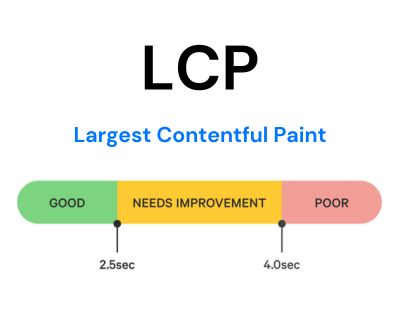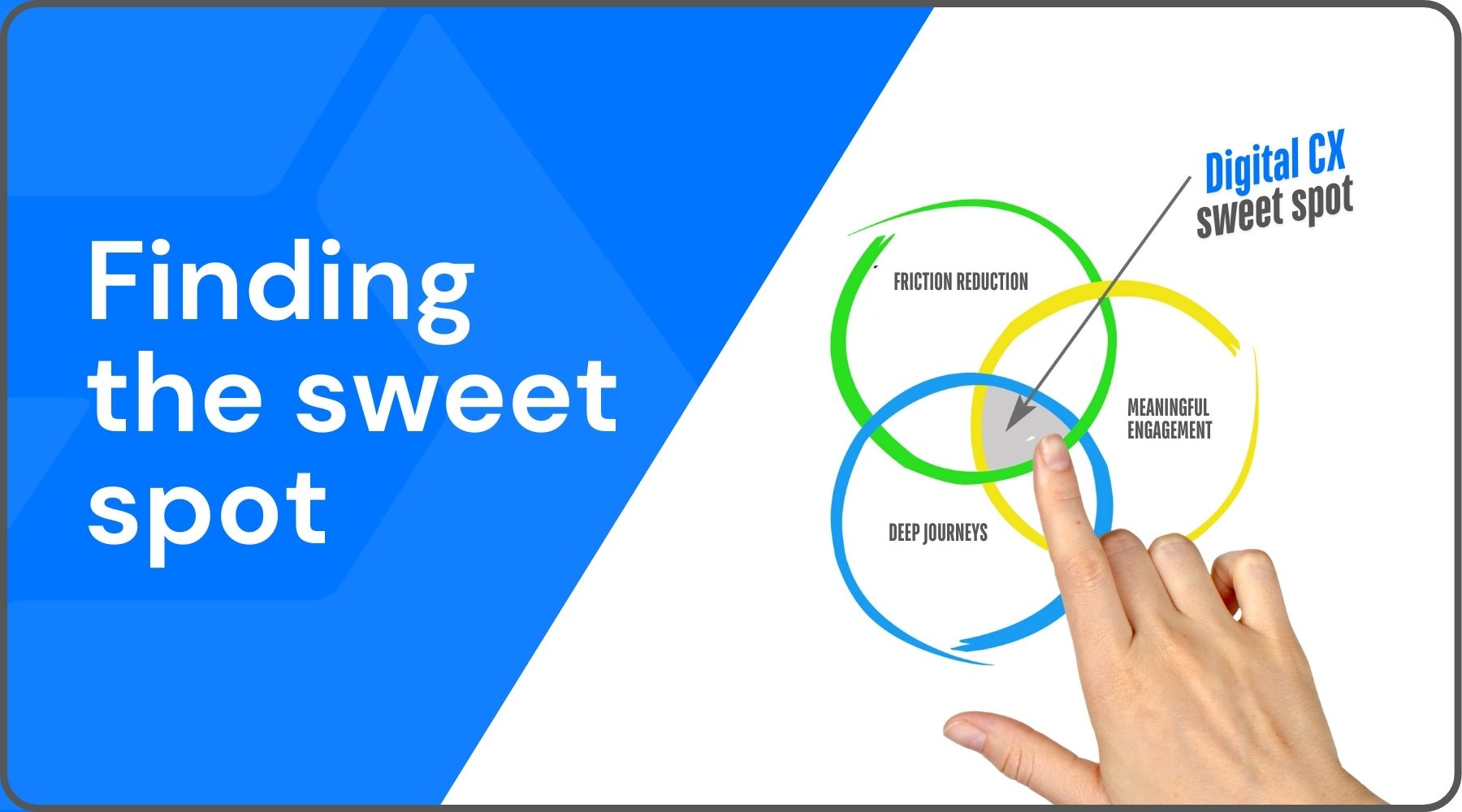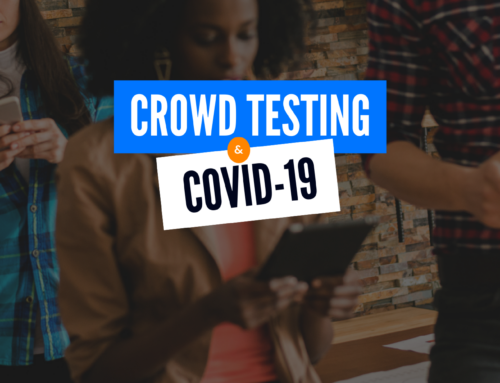For businesses competing for consumer attention in a crowded landscape, user experience (UX) can make or break a business. The new Digital Experience Benchmark Report from Contentsquare shows us that even small friction points, such as slow-loading pages, poor responsiveness, and rage clicks, can reduce session depth by 6% and negatively impact conversion rates. However, the report also hints at an important insight: while deeper user journeys drive conversion, they need to be managed carefully to avoid overwhelming or frustrating the visitor. This is what we call finding the “sweet spot.”
The hidden costs of frustration
The benchmark data reveals some telling statistics:
- Slow-loading pages: Sites with poor Largest Contentful Paint (LCP) performance face a 53% bounce rate.
- Poor responsiveness: Even minor delays can result in 2.1% fewer page views.
- Rage clicks: These signs of frustration reduce session depth by 2.5%.

Together, these micro-frictions add up, curtailing the overall user journey and leading to a serious loss in engagement and conversion. This data underscores a critical truth: eliminating friction isn’t just about speeding up a page – it’s about creating a seamless experience that encourages every interaction.
Deepening the journey for better conversions
One of the report’s key insights is that websites which succeeded in deepening the user journey – meaning users visited more pages – saw conversion rates increase by 5.4%. In contrast, sites with shallower sessions experienced conversion declines of 13.1%. This tells us that every additional, quality page view brings users closer to conversion. But, as the report suggests, there’s a limit: too many interactions or too much friction will have the opposite effect.
This balance, where interactions are engaging enough to nurture a deeper journey but not so numerous that they become burdensome, is what we refer to as the “sweet spot.”

Why gamification and psychology matter
Borrowing from gamification principles, think of the ideal digital CX like a well-designed game level. Users are motivated by progress markers and small rewards. In digital experiences, each micro-engagement (when well executed) acts as a mini reward that keeps users moving forward. When a user experiences just the right amount of interaction, they feel guided rather than forced, and that positive feeling can translate into higher conversions.
Strategic insights for digital leaders
To capture this sweet spot in your digital experience, consider the following strategies:
- Monitor frustration indicators: Track metrics like rage clicks and page load times. Use these data points to identify and resolve user pain points before they affect the journey.
- Balance simplicity and engagement: Ensure your user journey isn’t too short (which may lead to shallow engagement) or too convoluted (which could increase frustration).
- Test and iterate: Utilise user acceptance testing to experiment with the number and quality of user actions. Aim for that ideal point where each interaction drives value without adding friction.
Key takeaway
The benchmark data tells us that while deeper journeys can boost conversion rates, every additional interaction must be thoughtfully designed. Achieving this balance isn’t just a design challenge, it’s a business imperative. By eliminating friction and ensuring that every step adds value, brands can discover their unique sweet spot for digital engagement.
Want to uncover your sweet spot for digital experiences? Contact Digivante today to learn how our testing expertise can help you optimise every step of your digital customer experience.





